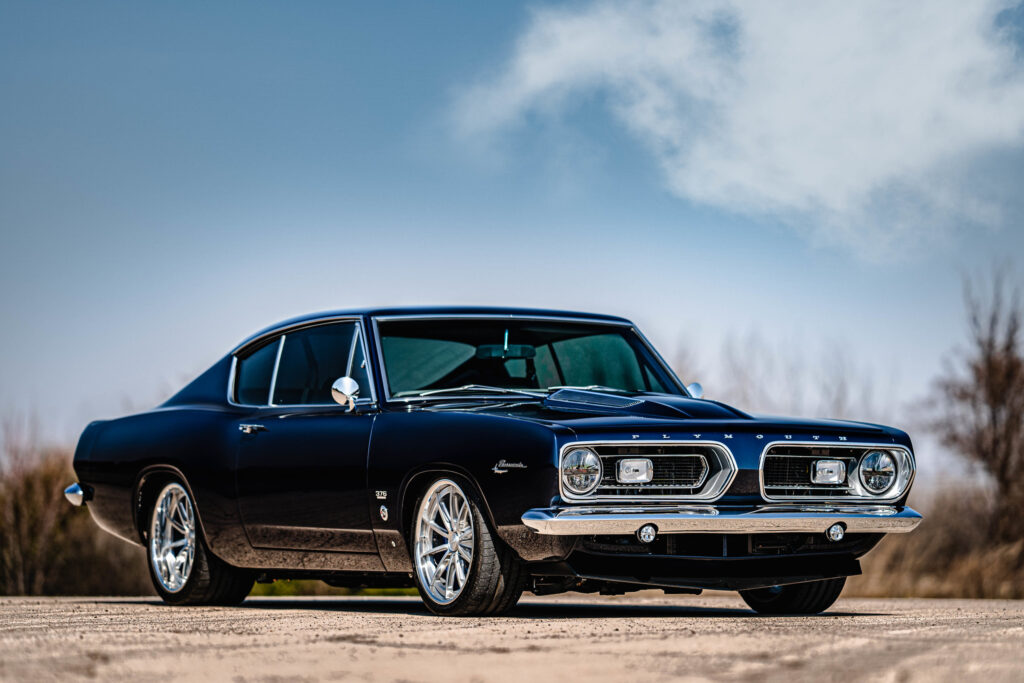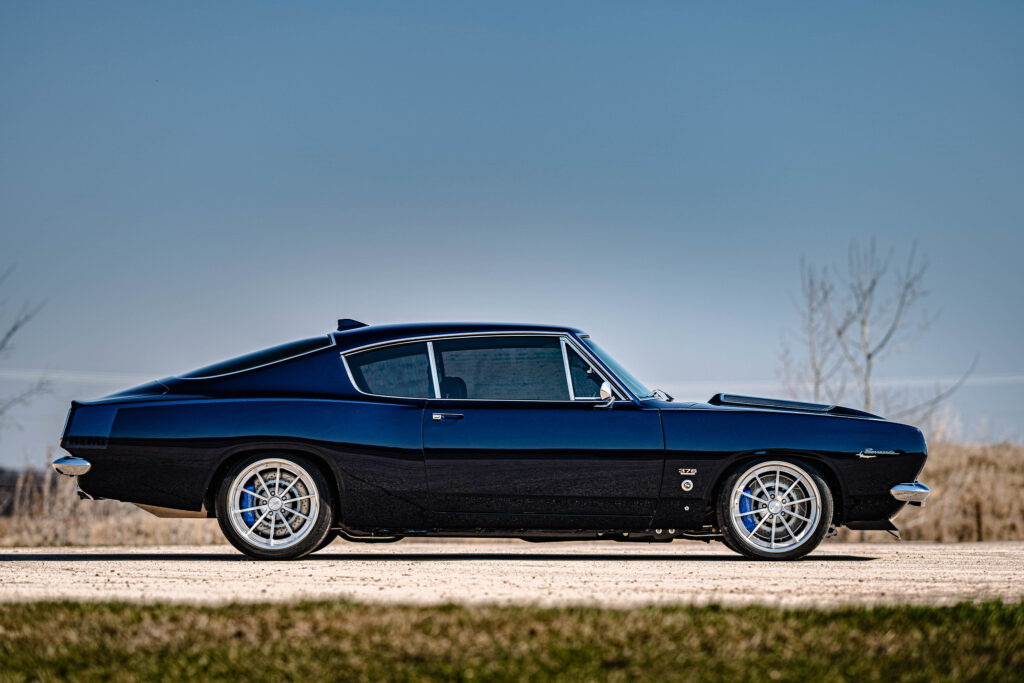The 1967 Plymouth Barracuda was a pivotal model in the evolution of Chrysler’s pony car, marking the debut of the second-generation Barracuda with a distinct identity separate from its Valiant roots. Launched in April 1967, it was offered in three body styles: fastback, notchback, and convertible, with the fastback being the most iconic due to its sleek, flowing rear glass and sporty profile. The car was built on Chrysler’s A-body platform, measuring 192.8 inches in length with a 108-inch wheelbase, making it compact yet aggressive for its time.

Design and Styling
The 1967 Barracuda featured a bold redesign, shedding the Valiant’s boxy aesthetic for a more muscular, curvaceous look. Its wide grille, aggressive stance, and available hood scoops gave it a menacing presence. The fastback’s wraparound rear window became a signature feature, offering a futuristic vibe that appealed to younger buyers. Interiors were functional yet stylish, with bucket seats, a sporty dashboard, and optional upgrades like a center console or woodgrain trim. The Formula S package added a sportier edge with distinctive badging, stripes, and a performance-oriented suspension.
Performance and Engines
The Barracuda was a versatile performer, offering a range of engines to suit different budgets and driving styles:
- Base Engine: A 225-cubic-inch (3.7L) Slant-Six, producing 145 horsepower, was the economical choice, delivering reliable but modest performance.
- V8 Options: The lineup included a 273-cubic-inch (4.5L) V8 with 180 or 235 horsepower (in high-performance tune) and the newly introduced 383-cubic-inch (6.3L) V8, pumping out 280 horsepower and 400 lb-ft of torque. The 383 made the Barracuda a true muscle car contender, though its heavy front end affected handling.
- Top Dog: The rare 426 Hemi V8, though not officially listed for 1967, was installed in a handful of cars for racing purposes, delivering over 425 horsepower for drag strip dominance.
Transmission options included a three-speed manual, four-speed manual, or three-speed TorqueFlite automatic. The Formula S package enhanced performance with a heavy-duty suspension, wider tires, and optional disc brakes.

Cultural Impact and Market
The 1967 Barracuda arrived during the height of the pony car wars, competing with the Ford Mustang, Chevrolet Camaro, and Pontiac Firebird. Priced from around $2,500 for the base model to over $3,000 for a well-optioned Formula S or convertible, it was affordable yet customizable. Chrysler produced approximately 62,534 Barracudas in 1967, with the fastback being the most popular. Its aggressive styling and V8 power resonated with the youth market, and it became a favorite for drag racers when equipped with the 383 or Hemi.
Legacy
The 1967 Barracuda is celebrated today as a classic muscle car, particularly the fastback and Formula S models. Its bold design and potent V8s laid the groundwork for the more famous 1970–1974 E-body Barracudas. Restored examples, especially Hemi or 383-equipped cars, command high prices at auctions, often fetching $50,000–$150,000 depending on condition and rarity. The car’s blend of style, performance, and affordability makes it a standout from the golden age of American muscle.


